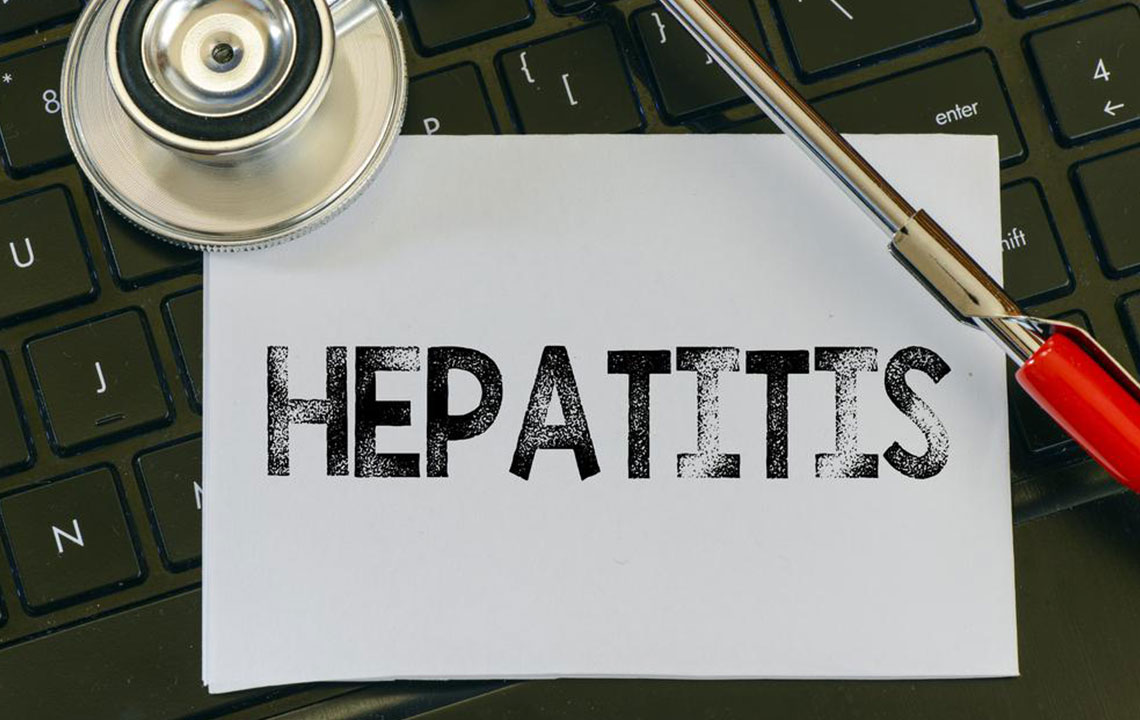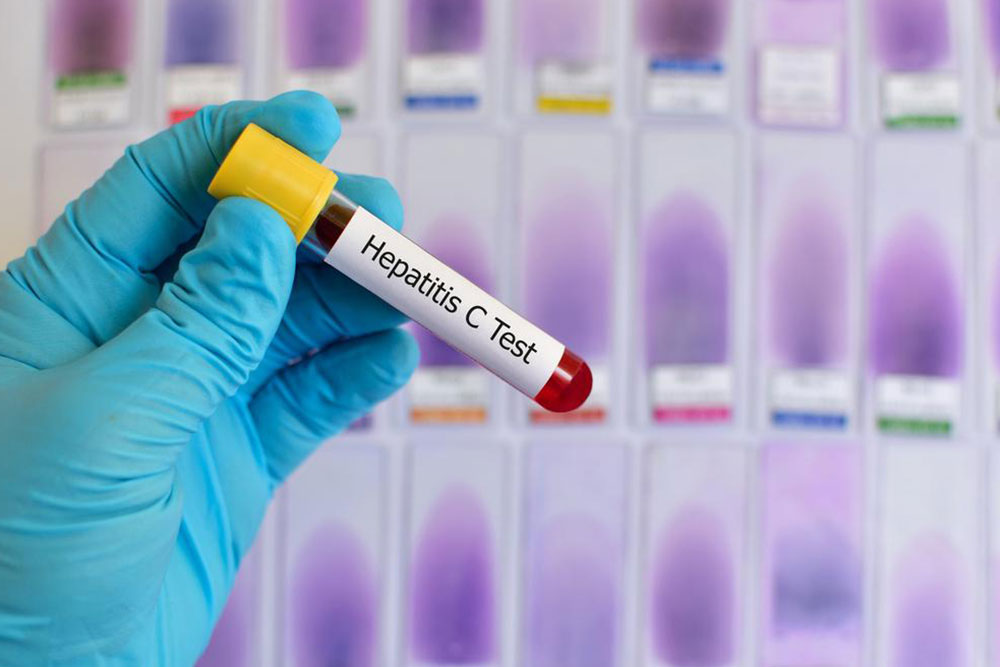Understanding the Symptoms of Hepatitis C
This article provides a comprehensive overview of hepatitis C symptoms, from early signs like fatigue and nausea to advanced symptoms such as jaundice and liver complications. Understanding these signs helps in early detection and prevention, especially since hepatitis C can be asymptomatic for years. Awareness of transmission modes and preventive measures is vital to avoid infection. The article highlights the importance of prompt medical attention for managing and controlling this serious liver disease effectively.

Understanding the Symptoms of Hepatitis C
Hepatitis refers to liver inflammation caused by various factors, mainly hepatitis viruses A, B, and C. Other sources include infections, certain medications, and toxins.
Among these, hepatitis C is considered the most serious. It exists in two forms: acute and chronic. Acute hepatitis C often resolves quickly and is less dangerous, while chronic hepatitis C can persist for a lifetime, often developing from untreated acute cases.
Often called an unseen disease, hepatitis C can show no symptoms initially, making diagnosis challenging. Symptoms may appear years after infection, sometimes taking 6 weeks to 10 years to manifest as liver damage progresses.
During early infection, symptoms might be absent, but when they do occur, they include:
Stomach discomfort, often with vomiting, as the virus impacts digestive organs.
Sudden fever or elevated temperature after infection.
Persistent fatigue and weakness, even with minimal activity.
Loss of appetite, leading to weakness and tiredness.
Nausea and vomiting due to liver impairment.
Altered bowel movements, sometimes irregular or abnormal.
Fluid buildup in the abdomen (ascites) causing bloating.
Swelling of the stomach from gas or fluid buildup.
Hepatic encephalopathy, resulting in confusion, drowsiness, slurred speech, and memory issues.
Spider angiomas—web-like blood vessel formations visible under the skin.
Jaundice, characterized by yellowing of eyes and skin, along with dark urine and malaise.
Joint discomfort and muscle pain.
Blood in stool, indicating internal bleeding or complications.
Unintentional weight loss, often accompanying other symptoms.
Easy bruising and bleeding due to blood clotting issues.
The severity of symptoms varies with the infection’s progression. In some cases, symptoms are mild or absent, complicating detection. Hepatitis C transmission mainly occurs through sharing unsterilized needles, unprotected sex, or unsafe tattooing practices. Prevention is crucial to avoid infection.










